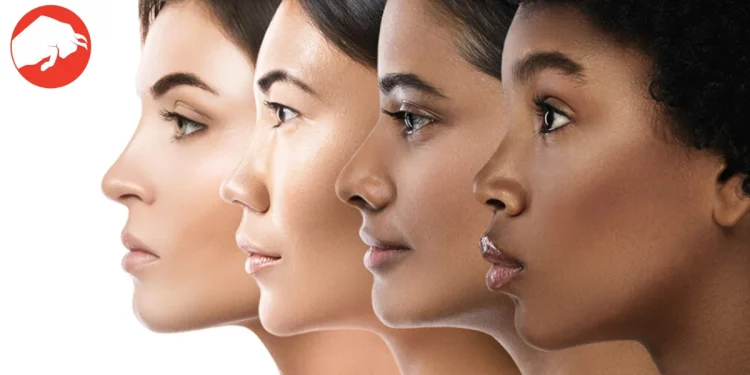The aquiline nose, often referred to as the Roman Nose, holds a special place in the annals of beauty and cultural history. This distinctive nose shape, characterized by a prominent bridge that gives it a slightly curved or bent appearance, has been admired and analyzed through the ages. Let’s delve into the intriguing world of the aquiline nose, exploring its historical significance, cultural perceptions, and its impact on modern beauty standards.
Understanding the Aquiline Nose: More Than Just a Facial Feature
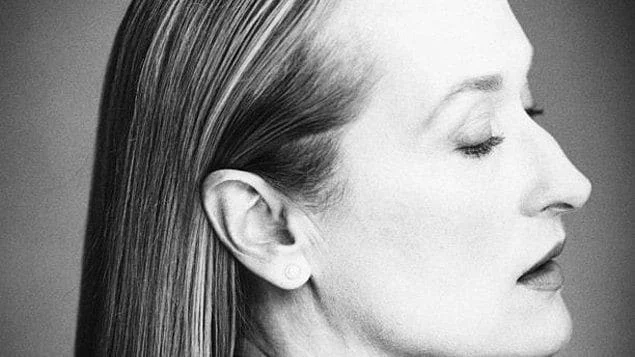
The term ‘aquiline’ is derived from the Latin word ‘Aquilinus,’ reflecting the resemblance of this nose type to the curved beak of an eagle. Predominantly seen among populations in Southern Europe, the Middle East, North Africa, and South Asia, the aquiline nose has been variously interpreted in different cultures. From being a standard of beauty among the Tswana and Xhosa people to a symbol of nobility in Roman culture, the aquiline nose has held various positions in societal hierarchies.
The Aquiline Nose Through the Ages: A Historical Perspective
Historically, the aquiline nose has been linked with several ethnic and racial groups. Polish Anthropologist Jan Czekanowski noted its prevalence among the Armenoid race, while it’s also commonly found among Italians, French, and Spanish populations. Native Americans often used physical features like the aquiline nose to name their warriors, highlighting its significance in various cultures. Interestingly, this nose shape has also been associated with Jewish descent, although its distribution across different races makes it a universal feature.
Aquiline Nose: A Marker of Beauty and Status
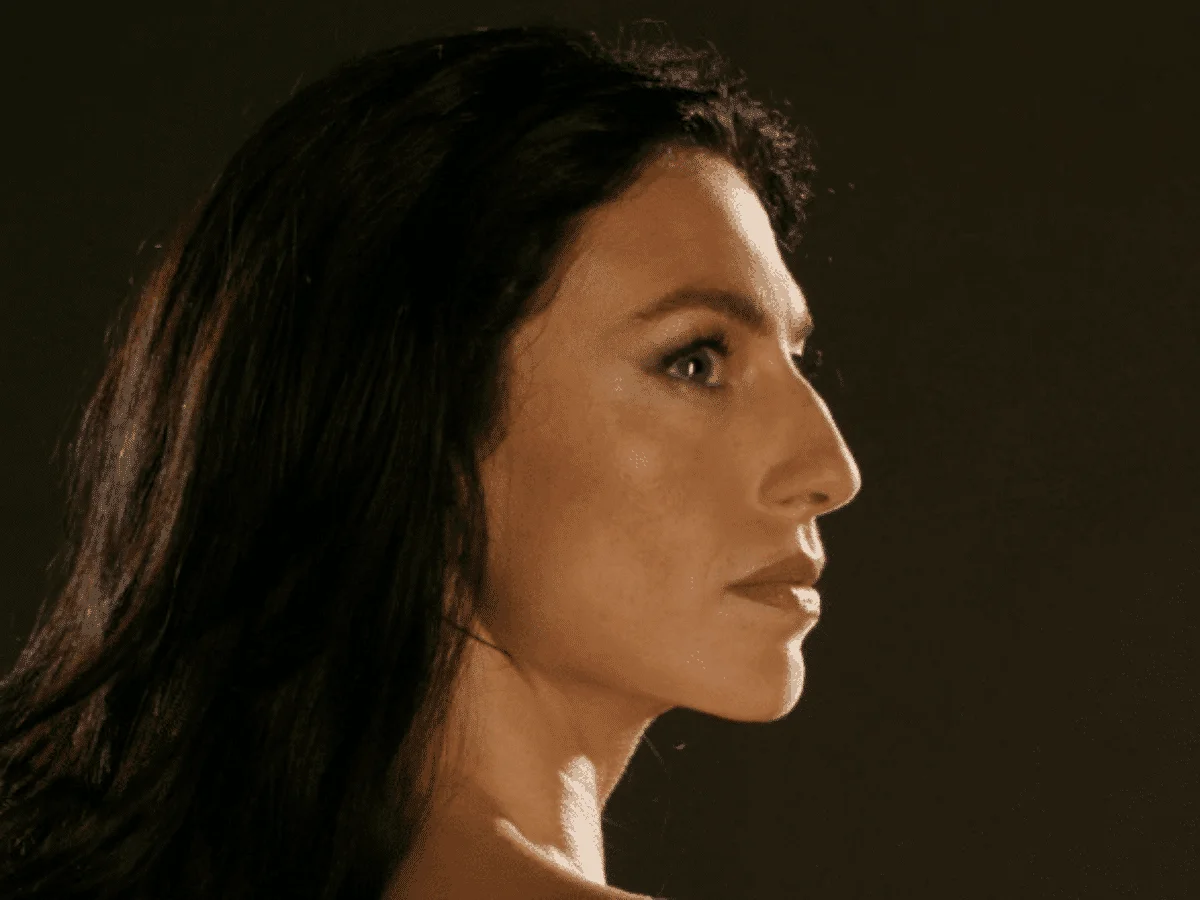
In literature, the aquiline nose has often been portrayed as a mark of distinction and beauty. Aphra Behn’s character Oroonoko, an African prince, is described with a Roman nose, challenging the typical perceptions of African features. This portrayal underscores the nose’s role in transcending racial and geographic boundaries, often being seen as a symbol of nobility and elegance.
The Aquiline Nose in Modern Perception: Beyond Beauty
In contemporary times, the aquiline nose continues to be a subject of fascination. It’s seen as a feature that adds character and distinction to a face, often being described as the “superior” nose. This perception reflects a deep-rooted historical and cultural bias towards certain physical traits.
Celebrity Spotlight: Famous Faces with Aquiline Noses
Many celebrities and historical figures are known for their prominent aquiline noses, from Adrien Brody and Tom Cruise to Meryl Streep and Gisele Bundchen. These figures often embody the elegance and charisma associated with this nose shape, further cementing its status in popular culture.



Nose Types and Personalities: The Shape of Your Character
Beyond aesthetics, nose shapes are believed to reveal certain personality traits. From the realistic and strategic attributes of an aquiline nose to the loyal and disciplined nature of those with a Greek nose, these associations play a significant role in societal perceptions.

Are Nose Shapes Genetic? Tracing Ancestral Lines
The question of whether nose shapes are inherited has intrigued scientists and anthropologists. Research suggests that nose shapes, like other physical features, are passed down through generations, with Neanderthal DNA playing a role in their development. The variations in nose shapes, including aquiline, flat, celestial, or high noses, are a testament to our diverse genetic heritage.
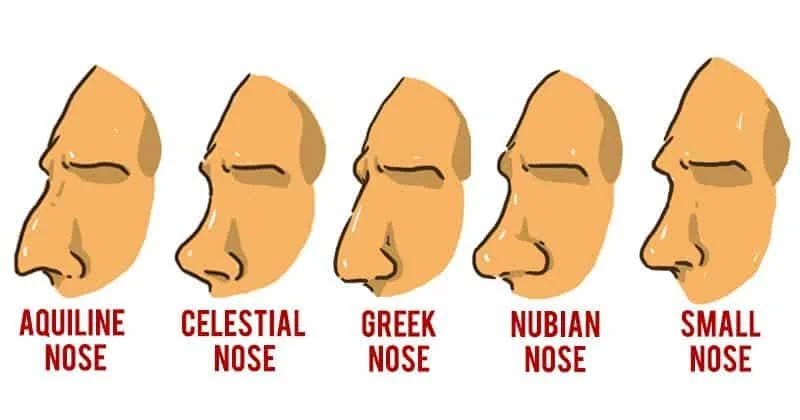
Rhinoplasty: Altering the Narrative
Rhinoplasty, or nose reshaping surgery, has become a popular way to alter one’s nose shape. Whether for aesthetic reasons or to correct functional issues, this procedure reflects the ongoing fascination and importance placed on nose shapes in society.
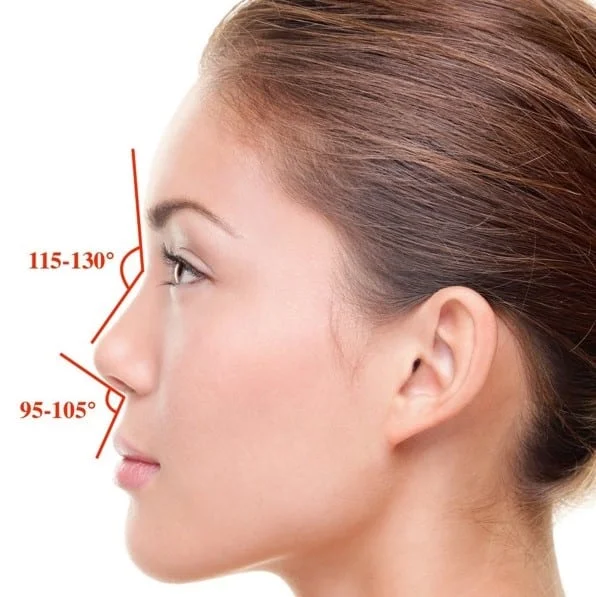
Beauty Perceptions and Nose Shapes: A Continuing Saga
The influence of nose shapes on perceptions of beauty is undeniable. From ancient civilizations to modern times, the shape of one’s nose has often been a subtle yet powerful determinant of beauty standards. The increasing popularity of rhinoplasty points to the enduring impact of these standards.

Embracing Diversity: Nose Shapes in a Modern World
As we reflect on the history and cultural significance of the aquiline nose and other nose types, it’s essential to recognize and celebrate the diversity of human features. In a world where beauty is increasingly defined on personal terms, understanding the historical context of these features enriches our appreciation of human diversity.

Frequently Asked Questions: Nose Mysteries
Is Having an Aquiline Nose Genetic?
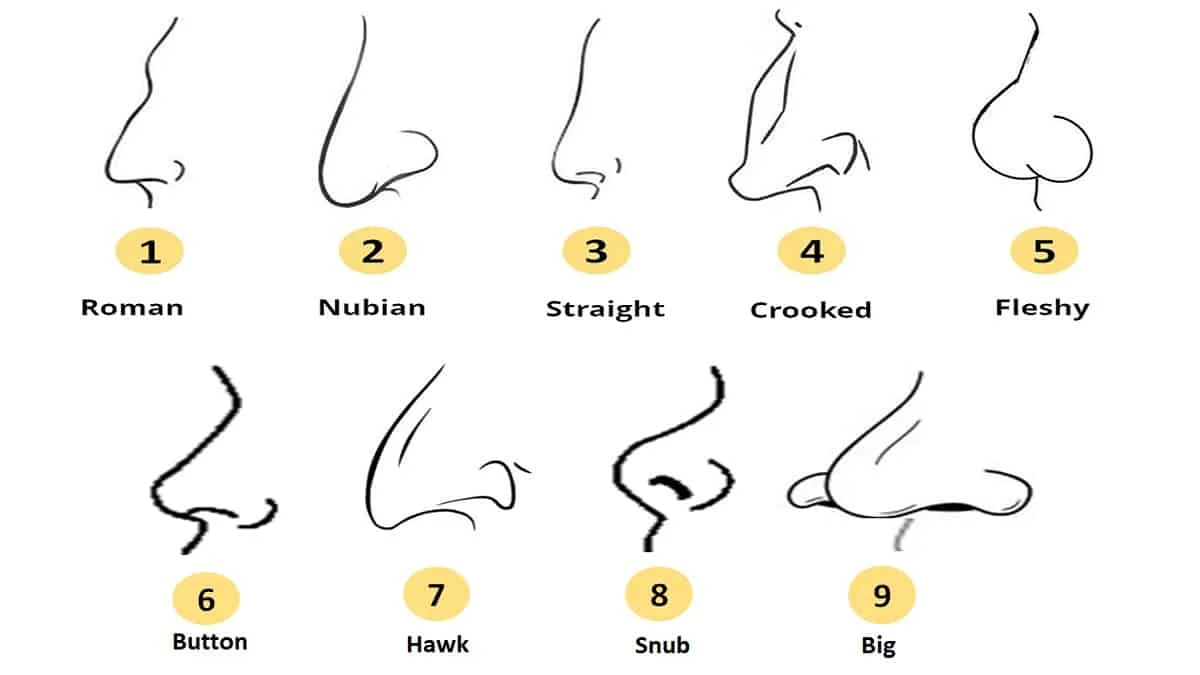
Yes, nose shapes, including the aquiline nose, are generally inherited and can be traced back to our Neanderthal ancestors.
Are There Health Implications Associated with an Aquiline Nose?
Generally, there are no significant health implications specifically linked to having an aquiline nose.
Can Cosmetic Procedures Alter the Shape of an Aquiline Nose?
Yes, rhinoplasty can be used to alter the shape of an aquiline nose.
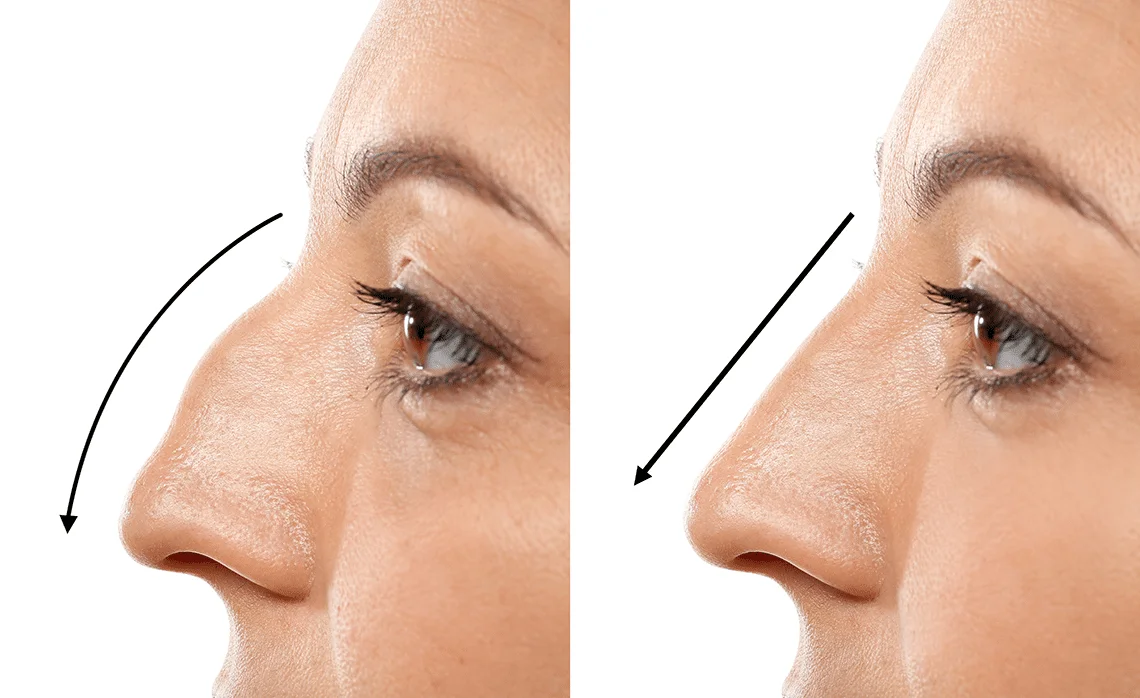
The Aquiline Nose in the Spotlight
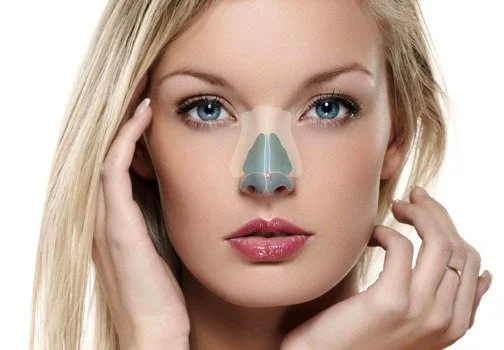
The aquiline nose, with its rich history and cultural significance, continues to be a fascinating subject in the realm of beauty and identity. Whether seen as a mark of nobility, a symbol of elegance, or simply a unique facial feature, the aquiline nose stands out in the tapestry of human diversity. As we embrace the myriad shapes and sizes that define us, let’s remember to celebrate the unique features that make each of us special.


